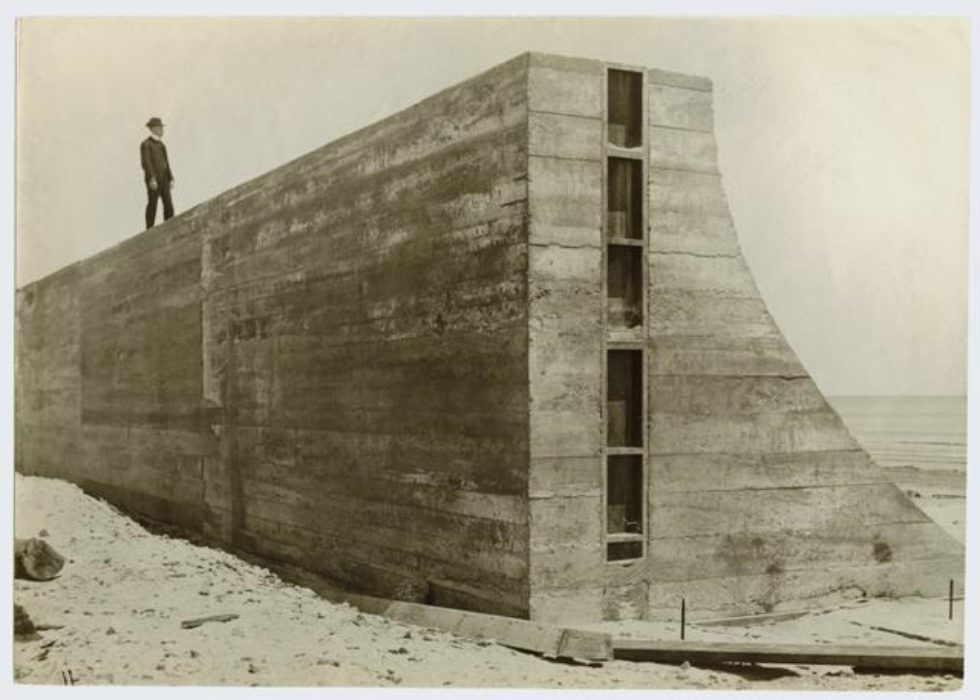
The 1900 Storm’s tidal surge inundated Galveston, leaving thousands dead and millions of dollars of destruction and damage. How should the city be protected from future hurricanes?
The first step was the building of the seawall. On September 7, 1901, the Texas State Legislature approved an act providing for the construction of a seawall for Galveston. A board comprised of three engineers, Brigadier General Henry Martyn Robert, Alfred Noble, and H. C. Ripley, organized to draft plans for the future protection of Galveston, including the construction of a seawall and the raising of the city’s elevation. In January 1902, the Board issued its report, calling for the construction of a seawall that ran from the south jetty near 8th street to Avenue D and 6th Street, and westward to 39th Street along the Gulf of Mexico. The Galveston County Commissioners’ Court adopted a resolution on February 5, 1902, that the county would underwrite its construction through the issuance of bonds. On September 19, 1902, J. M. O’Rourke and George Steinmetz signed the construction contract, which provided that the work was to be completed within fifteen months. The initial segment of the Seawall was completed July 29, 1904.
This portion, made of concrete, was 3.3 miles long, 16 feet at its base, and 5 feet wide on top, and 17 feet high. The outer face of the Seawall was curved to carry waves upwards. Riprap was placed along the base facing the Gulf of Mexico to break up wave action. The initial segment was completed at a cost of almost $1.6 million. It proved its worth first during the hurricane of September 21, 1909. Its critical test came with the hurricane of August 16, 1915. The seawall dramatically lowered the loss of life and destruction.
A second segment was built between December 1904 and October 1905 to protect Fort Crockett. It received Congressional funding. This portion ran 4,935 feet from 39th to 53rd streets. The Seawall was extended westward to 61st Street in 1927 and 99th Street in 1963.